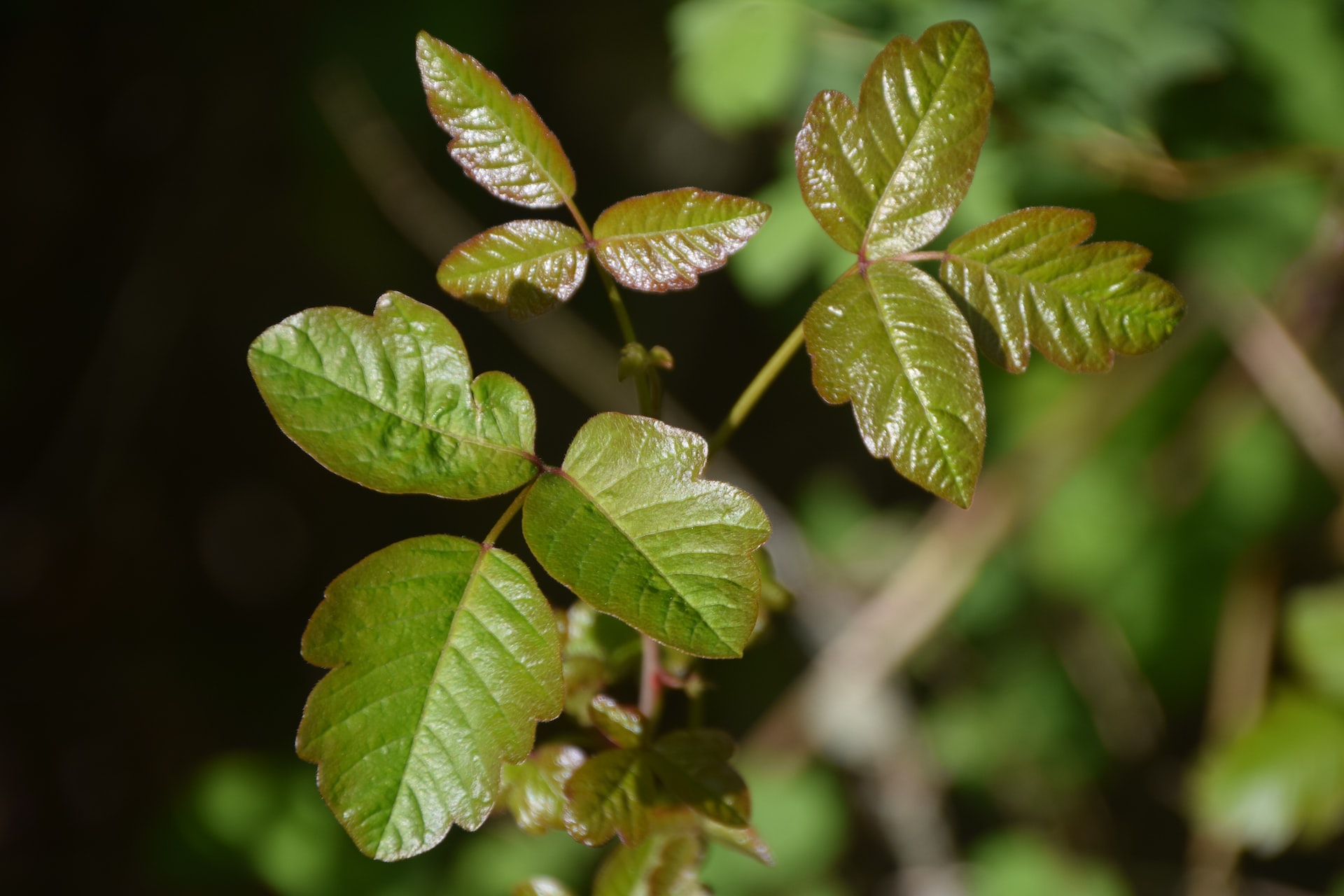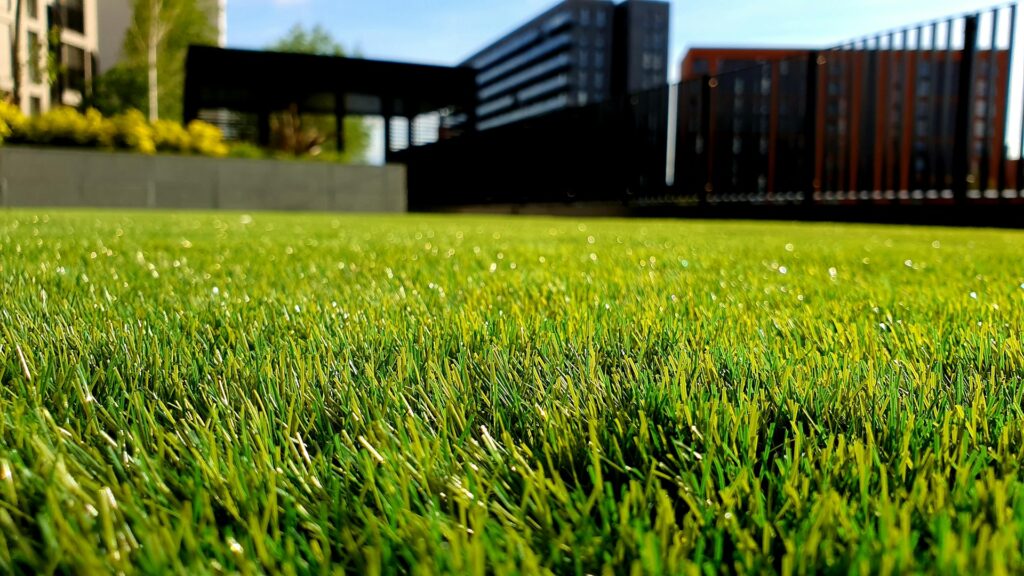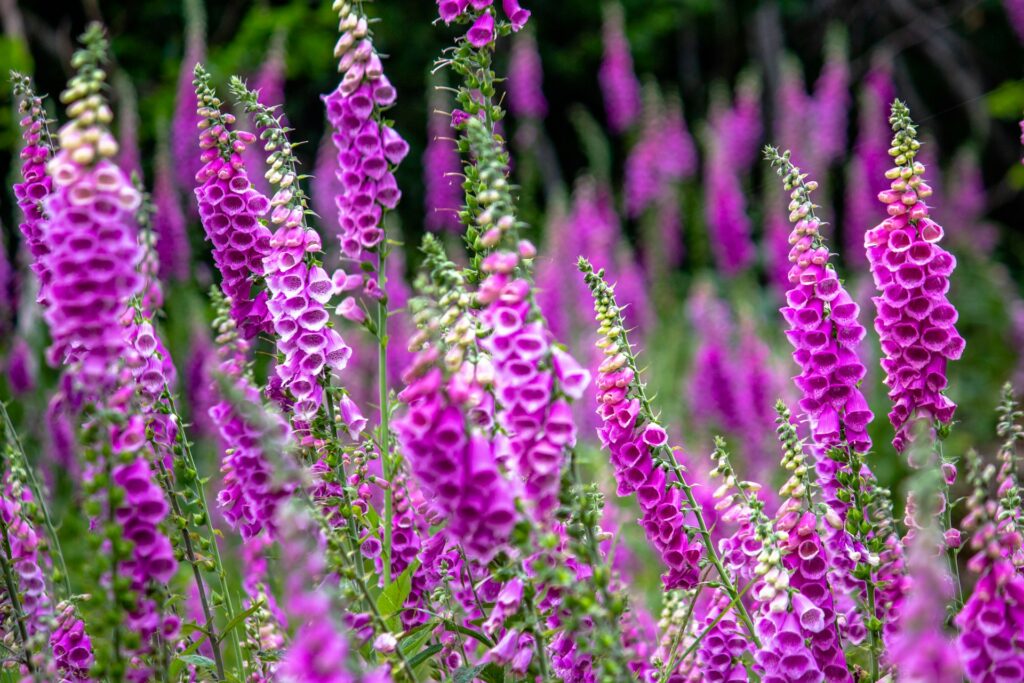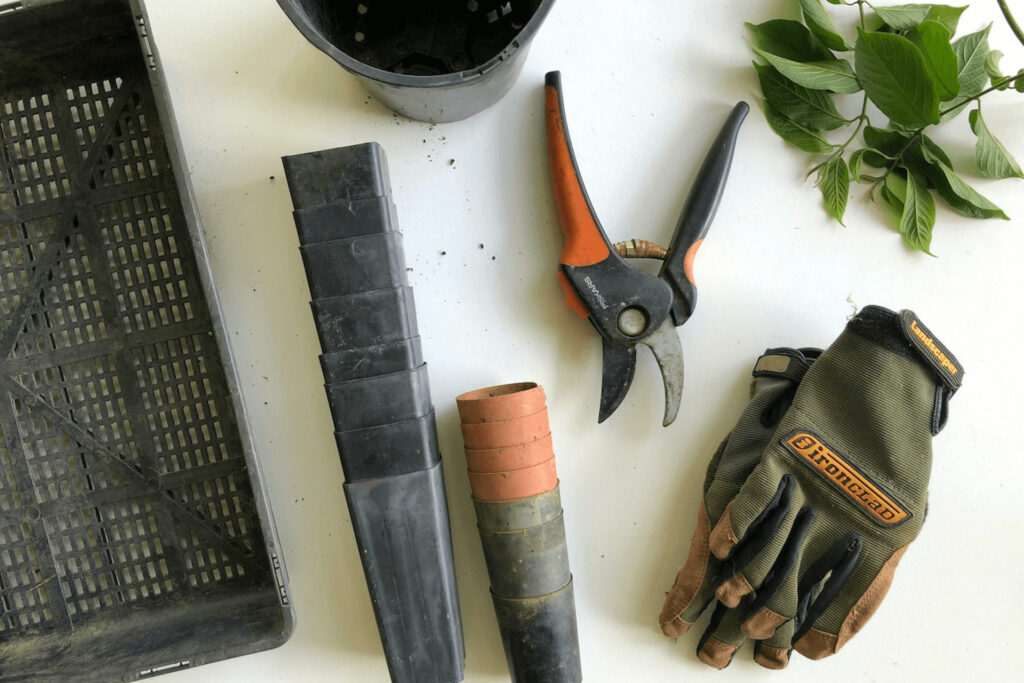
We are reader-supported. When you buy through links on our site, we may earn an affiliate commission.
Every homeowner and gardener should know how to protect themselves from poison ivy. It’s a common plant in numerous countries, but many people wouldn’t recognize it. Read this guide to learn how to identify poison ivy and what to do if you accidentally touch it.
What Makes Poison Ivy Poisonous?
Like poison sumac and oak, poison ivy secretes urushiol oil from its leaves, stem, roots, sap and fruit. The oil triggers an allergic reaction on the skin, which may result in swelling, itching and blisters.
How to Identify Poison Ivy
You’ll stay safe if you know how to identify poison ivy with these five steps. Review them often so you never forget how to spot this dangerous plant.
1. Count the Leaves
Poison ivy sprouts three connected leaves on each stem. The plant is likely another species if the stems have more or less than three leaves.
2. Check for Gloss
Many poison ivy strands have glossy wax covering the leaves. While some may not develop the gloss, it’s a good indicator that you should stay away from the planet.
3. Compare the Leaf Sizes
The three leaves on a poison ivy plant won’t be identical. The middle leaf is always the biggest, with the two remaining relatively the same size on either side.
4. Look for Blooms
Many people feel surprised when they learn that poison ivy produces small flowers. If there are tiny green flowers less than five millimeters across, you’re likely standing in front of a poison ivy plant.
5. Note the Season
Poison ivy is green in the summer and red or gold in autumn. Check the color and the number of leaves on each stem to spot poison ivy from other seasonal plants.
What to Do After Touching Poison Ivy
Sometimes people accidentally touch poison ivy or spray the sap on their arms while gardening. Here are a few things you can do if that happens to you.
1. Wash the Affected Areas
Urushiol oil causes rashes wherever it touches, so carefully wash any affected areas immediately. You may want to dab the area with a wet cloth if the oil gets on your upper arms, legs or torso to prevent it from running down the rest of your body while you stand under the shower.
2. Apply an Anti-Itch Cream
Anti-itch creams will soothe irritated patches of skin with minimal medication. They may help minor rashes with minimal discomfort the most.
3. Try an Antihistamine Cream or Pill
Antihistamine creams are more potent than regular-strength anti-itch creams. You can apply the medicated lotion directly on your rash or take an antihistamine pill like Benadryl if it wouldn’t interfere with any existing health conditions or medications.
4. Enjoy an Oatmeal Bath
After washing the urushiol oil off, you may want to sit in an oatmeal bath. Oatmeal has multiple anti-inflammatory properties that can soothe your body when combined with warm water.
5. Get Help When Necessary
Monitor your symptoms and contact your doctor for medical assistance if necessary. You should place a call if you notice things like:
- Rashes over a large portion of your body
- Rash or blisters in your eyes, genitals or mouth
- A lasting fever
- Difficulty breathing
An emergency clinic can also help if your doctor isn’t in the office. Poison ivy reactions are so common it’s a standard procedure that most medical teams prepare to handle.
Learn to Identify Poison Ivy
Now that you know how to identify poison ivy and treat any reactions, you can spend time outside more safely. Review these tips often or save the list somewhere in your home to remember them in an emergency.










